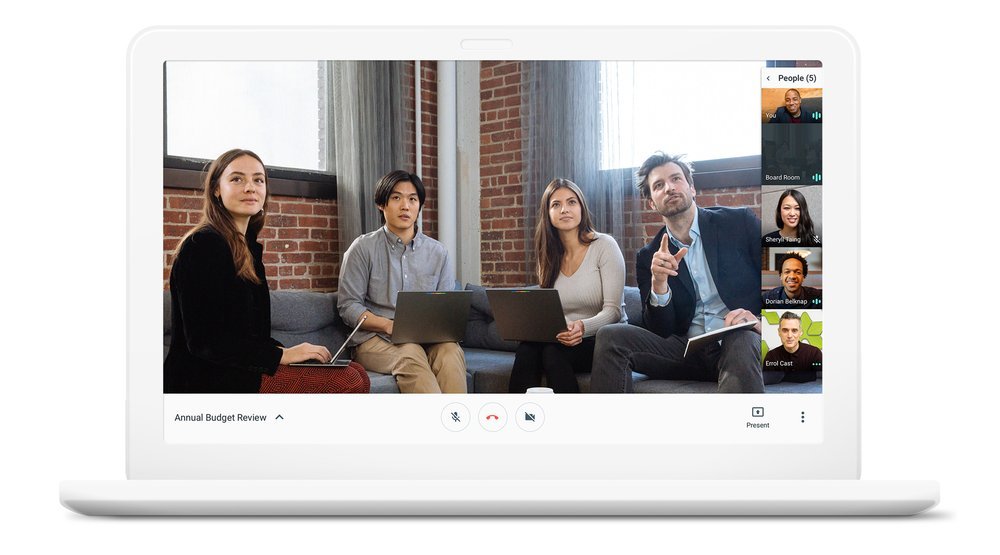Zoom and Meet are two of the best cross-platform video conferencing services, here's why

What you need to know
- Video-conferencing sees a surge as social distancing is encouraged worldwide.
- Zoom takes first place as the service of choice but has been dinged for security issues.
- Google comes a close second, but lacks end-to-end encryption and requires a Google account to work.
As we adopt social distancing, keeping in touch with friends, family, and colleagues is increasingly being done through a screen. In this new era, the video conferencing app Zoom is the new default. It has been adopted by everyone from schools, to music tutors, to families hosting large virtual meetups.
Its advantages are compelling. It's very easy to use, offers a multi-panel view that keeps all callers in view at all times, and works with poor connections even as the web becomes increasingly congested.
Zoom isn't without its flaws, as Motherboard notes:
The app has a troubled record when it comes to security and privacy. Thanks to a creepy feature, hosts can track whether you are paying attention to the meeting, and the company's privacy policy allows it to collect all sorts of personal data.Last year, Zoom had a flaw that allowed hackers to turn on someone's webcam without their consent, and without them noticing. On top of that, when someone had the Zoom app closed and even uninstalled, the software left a web server up and running, allowing for an automated install of the app if someone invited the user to a Zoom call. Finally, Zoom makes it really hard for you to join calls without installing the app, even though that's possible.
Google Hangouts Meet comes in a close second. It's accessible on all major desktop operating systems as long as you have a browser. If you're already using G Suite, it is a natural extension of your productivity workflow; meetings can be set up right from the calendar app. In typical Google fashion, you'll need a Google account to make use of it — but that's not much of a con.
Motherboard cites a couple of other apps, but their flaws are obvious. Facetime is an Apple exclusive, WhatsApp is ubiquitous but limited to four people, Jitisi is niche, and Wire is niche and costs money. Facebook Messenger is also an unmentioned contender, being both ubiquitous and offering support for up to 50 people at a time. Its usage skews more towards social purposes rather than business, however.
For most people, Zoom has become the default video conferencing app, but it's not the only one, and you can feel comfortable exploring alternatives that may be just as good for your usage.

ZOOM Cloud Meetings
Get the latest news from Android Central, your trusted companion in the world of Android
Zoom is the new default video-conferencing app. If you're interested in doing conferencing to any appreciable degree, have this app installed on your phone.

Hangouts Meet
Hangouts Meet offers a comfortable design and easy integration for those already relying on the Google Suite of apps.

